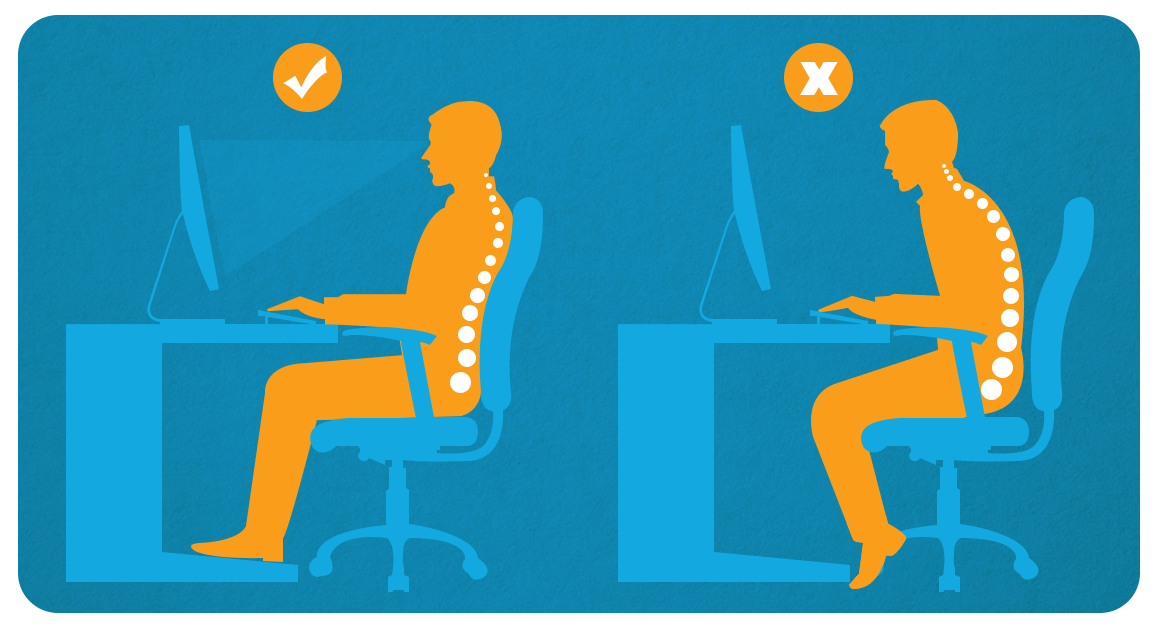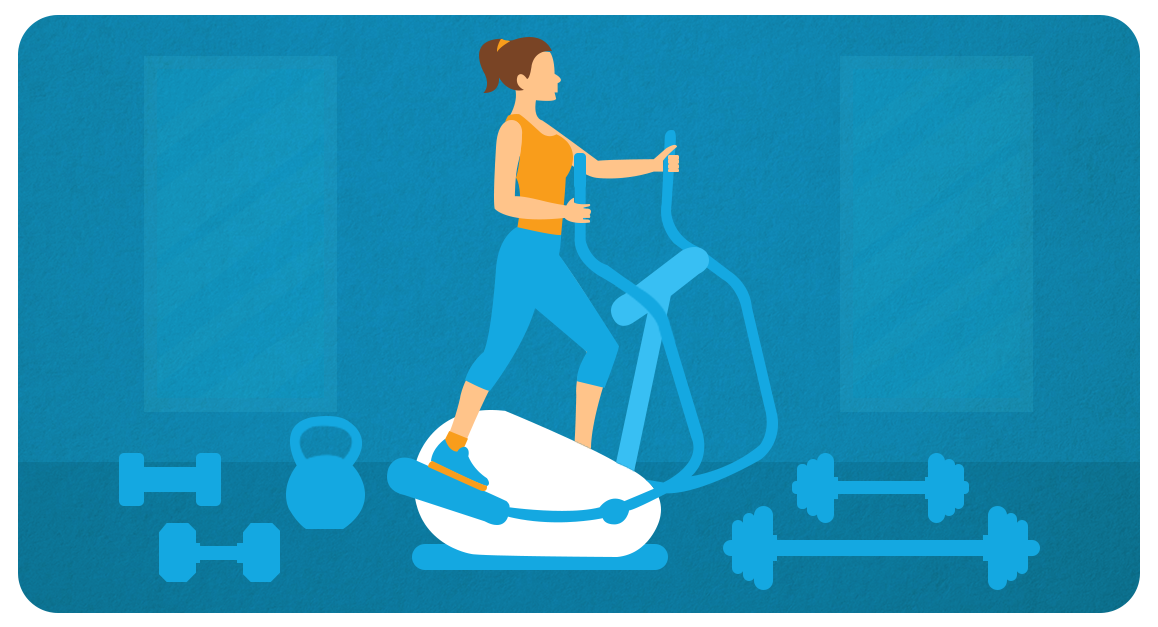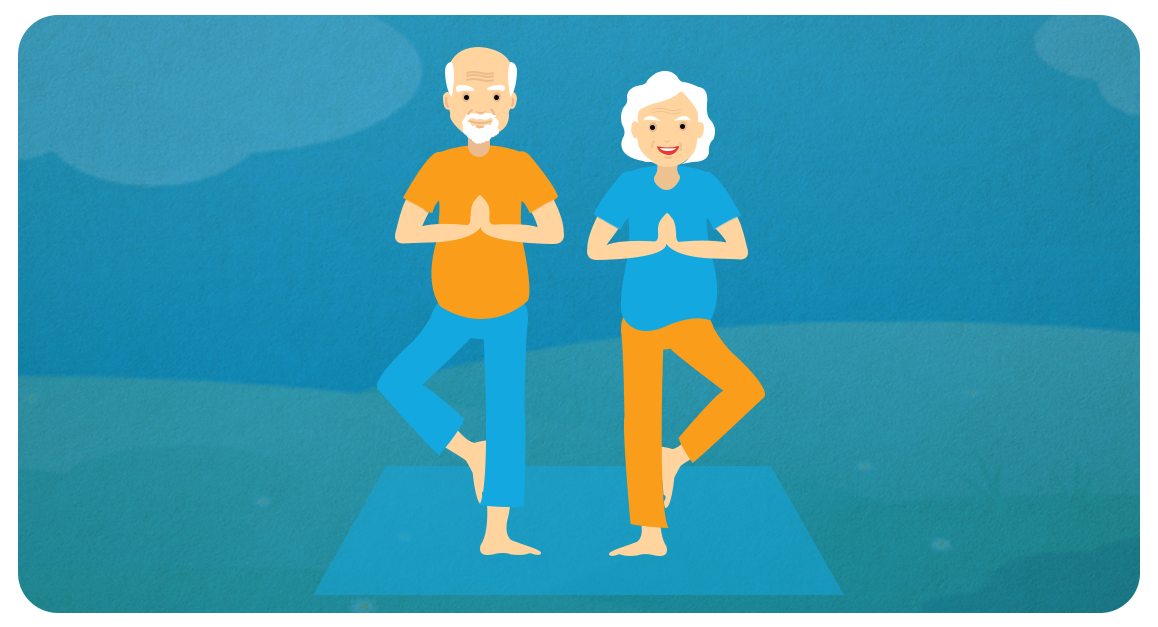Prevention Care
ERGONOMICS: THE HUMAN BODY AND INJURY PREVENTIONErgonomics is a scientific discipline that has been around for many years. Traditionally concerned with factory workers and keeping their work environments safe and efficient, ergonomic profession- als have expanded their work to include all types of workers from laborers to office workers, students to seniors. Ergonomics is concerned with how our environment interacts with our work. It also looks for way to adjust our environment to de- crease the risks of injury and illness, enhance productivity, and improve the quality of our work life.
THE GOALS OF ERGONOMICS
The profession of ergonomics has two main concentrations (which often overlap):
1. Industrial ergonomics – sometimes called occupational biomechanics – is concerned with the physical aspects of work such as force, posture,and repetitive movements
2. Human factors ergonomics looks as the psychological aspects of work such as mental well-being and decision-making.
The goals of ergonomics include the following:
- Reduce work-related injury and illness
- Help contain workers’ compensation costs for employers
- Improve productivity in the workplace
- Improve the quality of work
- Reduce absenteeism
- Help employers comply with government regulations regaring work environments
Ergonomics professionals include:

- Engineers
- Safety Professional
- Industrial hygienists
- Physical therapists
- Occupational therapists
- Nurse practitioners
- Chiropractors
- Occupational physicians
HOW ERGONOMICS IMPROVES WORK AND SAFETY
The association between work and injury and illness is centuries old. It is even thought that Ancient Man concerned himself with developing the right tools that allowed for the most efficiency and least amount of discomfort.
Today, we continue to look for ways to improve the relationship between our “tools” and our jobs. One way to do that is to look at the risk factors in the workplace. These can be divided into 3 areas: physical characteristics, environmental characteristics, and workplace hazards.
1. Physical characteristics of work:
- Posture
- Force
- Repetition
- Duration
- Recovery time
- Velocity/acceleration
- Heavy dynamic exertion
2. Segmental vibration Environmental characteristics of work:
- Heat
- Cold
- Lighting
- Noise
- Whole body vibration
3. Workplace hazards:
- Physical stress
- Mental stress
- Workload
- Hours (shifts, overtime)
- Slips and falls
- Fire
- Exposure hazards (electrical, chemical, biological, radiation)
EXERCISE CENTRE
The benefits of exercise are plenty: Exercise can help prevent numerous conditions — from heart attacks to osteoporosis — and it can also prevent back pain and neck pain. Flexibility training, strength training, and cardiovascular exercise all play an important role in a healthy exercise routine, and each type of exercise contributes to spinal health.
FLEXIBLLITY TRAINING AND STRETCHING
Flexibility is something most people take for granted when they are young, but growing older tends to make the importance of stretching and flexibility training much more apparent as range of motion begins to decrease. However, stretching and flexibility training can be incorporated into your workout routine at any age, and you will reap the benefits for years to come. Flexibility training can improve your mobility, balance, stability, and posture, all of which can help you avoid back and neck pain. Flexibility training classes, yoga, and Pilates all can help you improve your stretching technique and contribute to long-term flexibility.

WEIGHT TRAININGAND CORE STRENGTHENING FOR BACK PAIN
You might think strenuous exercise and strength training are more likely to cause a back injury than to prevent one, but training your back and core muscles can significantly improve function and your overall spinal health. On the other hand, with weak back and abdominal muscles, you are more likely to encounter a back strain injury. For best results, you will want to combine weightlifting with strengthening exercises that use your own body weight as resistance to maintain a healthy back and neck. Make sure to vary your workouts, and do not neglect core muscles such as the external obliques and transverse abdominals.
CARDIOVASCULAR
EXERCISE
Cardiovascular exercise has many health benefits, and it is an essential part of a well-rounded workout routine. One of the key benefits to cardiovascular exercise is its ability to help with weight loss. Being overweight or obese puts extra strain on your back and can lead to worsening of spinal conditions, so shedding some extra pounds with a little help from cardiovascular activity can mean great things for your back and spine. Cardiovascular exercise also helps you build endurance, which is important for long-term health and can help with rehabilitation from back and spinal injuries. Of course, cardio has wonderful effects on other aspects of health as well, from improving cholesterol levels to lowering blood pressure and improving mood. Because cardiovascular exercise boosts endorphin levels, it can also help relieve symptoms of depression, which can contribute to the chronic pain experienced by some individuals. As if that weren’t enough, cardiovascular activity promotes quality sleep, and a good night’s rest is essential for back and spine health.
EXERCISE AND THE AGING
Exercise is important at all ages, but it is particularly important as we age. Loss of function, range of motion, and flexibility are all part of the natural aging process, but maintaining a healthy exercise program can slow these deteriorations. Although vigorous activity can be difficult amongst elderly adults, light aerobic activity still has immense health benefits, especially when compared to no activity at all. The amount of exercise one needs in order to see health benefits might surprise you — you can exercise at an intensity level that allows you to carry on a casual conversation and still see health benefits.1 If you have other health concerns, such as diabetes, high blood pressure, or a heart condition, certain activities might not be healthy for you. Ask your doctor about your planned exercise routine, and consider exercising in the presence of a physical trainer if you do not feel comfortable exercising on your own. Remember to listen to your body, and stop exercise immediately if you experience pain other than typical muscle soreness.
The SpineUniverse Exercise Centre shows you the best back stretches and neck stretches to keep your spine healthy and strong. Discover the key benefits of exercise as well as how to stay fit.

WEIGHT LOSS CENTRE
LOSE WEIGHT TO HELP RELIEVE BACK PAIN.
Losing weight is one of the hardest and best things you can do for yourself. Achieving a healthy weight impacts every part of your body, and your spine certainly benefits. It’s not uncommon for people who are overweight to have back pain. And, when they lose weight, their back pain tends to reduce significantly—or disappear entirely. If you are embarking on your own weight loss journey, this article can help you learn more about the connection between weight and back pain, and provide resources to encourage you and help you reach your goals.
Obesity and Back Pain: Common Conditions, Commonly Together Obesity, like back pain, is becoming more common. In the United States, the prevalence of obesity was 36.5% among adults between 2011 and 2014, according to the centres for Disease Control and Prevention’s National Health and Nutrition Examination Survey.
Coupled with the fact that spine pain is among the top reasons why people see the doctor, you can begin to see a connection between weight and back pain.
Whether you need to lose weight is largely based on your body mass index—or BMI. Though not an exact measurement, your BMI may be an indication that your weight may not be within healthy range.
Below are the BMI ranges:
- Normal weight: BMI less than 25
- Overweight: BMI of 25 to 30
- Obese: BMI of 31 to 35
- Extremely obese: BMI of 36 or higher
If you are unsure about how to get an accurate BMI measurement,talk to your doctor.
How Extra Weight Hurts Your Back Carrying extra body weight can add undue strain on your low back,such as the intervertebral discs. Furthermore, research studies have linked obesity with lumbar degenerative discproblems.1,2 In addition to the physical impact extra weight has on your back, being overweight may also affect the outcome of low back spine surgery. Several studies have shown that some patients who are severely overweight may have a greater risk for surgery-related complications, such as infection, problems recovering from anesthesia, and overall recovery struggles
Fortunately, you don’t need to shed a significant amount of weight to start seeing and feeling the benefits. Losing just 15% of excess weight has been shown to improve chronic back pain in people who are overweight.
LOSING WEIGHT: FROM EXERCISE TO SURGERY
The key to successful weight loss is sustainability—that is, it needs to be something you can commit to and make part of your lifestyle. Starting an extreme diet or intense exercise regimen will not be something you can (or should) do for long.
Many lifestyle factors contribute to healthy body weight. Eating a nutritious and balanced diet, having an active lifestyle, maintaining healthy sleep habits, and keeping stress at bay are powerful forces against excess weight.
It’s important to discuss a weight loss plan with your doctor. He or she will help you find the right weight loss program that considers your specific health status.
If lifestyle modifications aren’t making a measurable impact on your weight, your doctor may recommend prescription weight loss medication or bariatric surgery to help you reach a healthy weight.
If you are a candidate for these approaches, make sure you understand the risks, benefits, and your role in the treatment’s success.
Many people view medication or surgery to be a quick fix to weight loss, but these treatments require lifestyle changes to achieve long-term benefits.
WEIGHT LOSS, LIFE GAIN
Reaching a healthy weight means much more than looking great in a pair of jeans—it can pave the way to less back pain and a better quality of life.
Weight loss may seem like a destination because oftentimes you think of reaching a certain number on the scale, but weight loss is a journey. Achieving and maintaining a healthy weight, like taking care of your spine and total health, take daily diligence.
Weight management is challenging once you begin, but once you feel and see the benefits, it becomes something that you want to continue for the rest of your life.
REFERENCES
1. liuke M, Solovieva S, Lamminen A, Luoma K, et al. Disc degeneration of the lumbar spine in relation to overweight. Int J Obes (Lond). 2005;29(8):903-908.
2. Samartzis D, Karppinen J, Chan D, Luk KD, et al. The association of lumbar intervertebral disc degeneration on magnetic resonance imaging with body mass index in overweight and obese adults: A population-based study. Arthritis & Rheumatology. 2012;64(5):1488-1496.
SOURCE
Ogden CL, Carroll MD, Fryar CD, Flegal KM. Prevalence of Obesity Among Adults and Youth: United States,2011–2014. Centres for Disease Control and Prevention: National Centre for Health Statistics.https://www.cdc.gov/nchs/databriefs/db219.htm.
